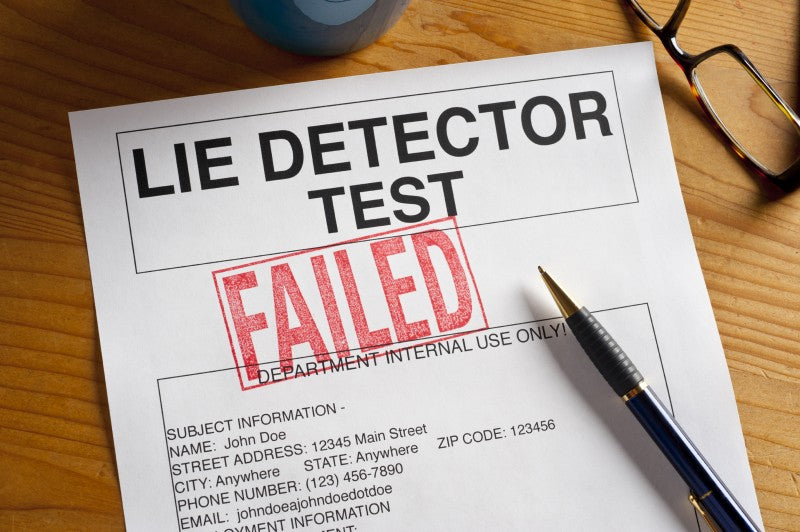Unveiling the Truth: The Power of Lie Detector Tests
Unveiling the Truth: The Power of Lie Detector Tests
Blog Article

Welcome to the world of lie detector tests - a fascinating tool that has captured the imagination of many and sparked heated debates in equal measure. In the realm of uncovering truth, lie detector tests stand out as both intriguing and controversial. Also known as polygraphs, these tests have long been utilized in various fields, ranging from law enforcement and government agencies to private investigations and employment screenings. With their ability to purportedly detect deception by monitoring physiological responses, they have become synonymous with efforts to reveal hidden truths. The very mention of a lie detector test often evokes a mix of fascination, anxiety, and skepticism, making it a topic that never fails to ignite curiosity.
History of Lie Detector Tests
Lie detector tests, also known as polygraph tests, have been around for quite some time. They first gained popularity in the early 20th century as a method to determine truthfulness. The concept behind lie detectors is based on the belief that physiological responses such as changes in heart rate, blood pressure, and respiration can indicate deception.
The first modern polygraph was developed by John Augustus Larson, a medical student and police officer, in the early 1920s. Larson's invention paved the way for the use of lie detector tests in criminal investigations and other areas where truthfulness is crucial.
Lie detector test
Over the years, lie detector tests have faced scrutiny and controversy regarding their accuracy and reliability. Despite the advancements in technology and methodology, the use of polygraph tests remains a topic of debate among scientists, legal professionals, and the general public. The history of lie detector tests is a testament to the ongoing quest to unveil the truth behind deception.
How Lie Detector Tests Work
Lie detector tests, also known as polygraph tests, operate based on the principle that individuals experience physiological responses when they lie. These responses are measured through sensors attached to the person undergoing the test, typically monitoring indicators like heart rate, blood pressure, breathing patterns, and skin conductivity.
During a lie detector test, the individual is asked a series of questions, to which they are required to respond truthfully. The examiner then compares the physiological responses recorded during these questions to establish a baseline for truth-telling behavior, enabling them to identify any significant deviations that may indicate deception.
The interpretation of lie detector test results is based on the assumption that lies trigger specific physiological reactions that can be distinguished from truthful responses. However, it is essential to note that while lie detector tests are widely used in various fields, their accuracy and reliability have been the subject of debate and scrutiny in the scientific community.
The Controversy Surrounding Lie Detector Tests
Lie detector tests have long been a subject of debate among experts in psychology and law enforcement. Critics argue that these tests are not entirely reliable, as they can be influenced by factors such as stress, anxiety, and the individual's emotional state at the time of the test.
Despite their widespread use in certain settings, lie detector tests are not foolproof and have faced criticism for their accuracy. Some studies suggest that individuals can manipulate the results of these tests through various techniques, casting doubt on their credibility as a reliable method for determining truthfulness.
In legal proceedings, the admissibility of lie detector test results as evidence varies widely depending on jurisdiction. While some courts may allow these tests to be used as supporting evidence, others consider them to be too unreliable and subjective to be admissible in a courtroom setting.
Report this page